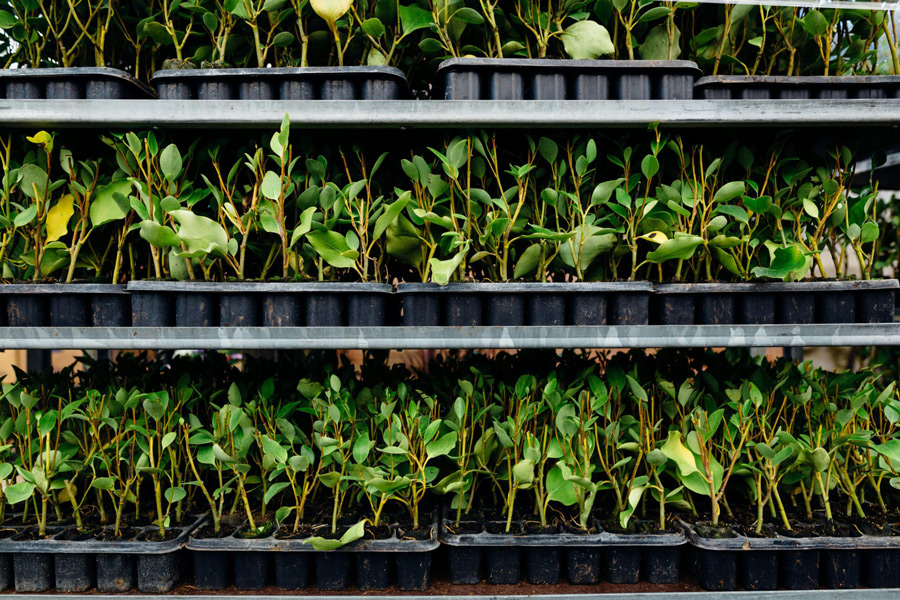European Environmental Agency says climate change will hit genetic biodiversity
Climate change seems like one beast, but it can show different faces depending on where you look. It will affect all European regions, but in some regions the impact will be much more severe, according to the recently published report ‘<link http: www.eea.europa.eu highlights climate-change-poses-increasingly-severe _blank external-link-new-window external link in new>Climate change, impacts and vulnerability in Europe 2016’.
In southern Europe, for example, the report warns of an increased risk of forest fires and expanded habitats for disease vectors.
The report assesses the latest trends and projections for the different impacts of climate change across Europe. Even though it does not specifically address forest genetic resources (FGR), the study flags the threats to genetic diversity for plant and animal species in general.
The loss of habitat and change to distribution ranges of forest tree species will result in declines in FGR. The report also acknowledges the role of genetic diversity, along with phenotypic plasticity, in the ability of species to adapt to climate change, and how this aspect of biodiversity will be affected:
“Climate change will have a broad range of positive and negative impacts on biodiversity at genetic, species (e.g. plant and animal species) and ecosystem levels, including shifts in the distribution of species and ecosystems, changes in species abundance, changes in species phenology (i.e. timing of annual events) and an increased risk of extinctions for some species.” (emphasis added).
Changes in phenology are responses to changes in the growing season and thus have an impact on ecosystem functioning and productivity - farming, forestry, gardening and wildlife.
According to the study, many plant species are experiencing changes to their life cycles and are migrating northwards and to higher altitudes. At the same time, various invasive species have established themselves or have expanded their range.
The EEA report includes an analysis of the impacts of climate change on 38 European tree species, based on the results of a large-scale project on adaptive forest management (MOTIVE). In summary, the projected range shifts are expected to affect the forest structure and, as a result, to affect the functioning of forest ecosystems and the services these ecosystems provide:
“As a result of the decline of economically valuable species, the value of forest land in Europe is projected to decrease between 14 and 50 % (mean: 28% for an interest rate of 2%) by 2100. The economic loss in land value is estimated at several hundred billion euros.”
The report offers some recommendations for forest management to mitigate the impacts of climate change on European forests. These recommendations focus on enhancing forest ecosystems' resistance and resilience, which can be promoted by maintaining and restoring biodiversity in forests. Among the specific actions the EEA study suggests are planting species that are better adapted to warm conditions and more resistant to pests and diseases.
Against this, EUFORGEN stresses the need also to consider different provenances of the existing species before changing species entirely. This is part of EUFORGEN’s policy recommendations on forest genetic diversity and climate change, which were included in a report of the working group on climate change and the conservation of forest genetic resources. This report is the basis for another working group to develop more concrete tools, which began work last year .
Related Links
- ‘Climate change, impacts and vulnerability in Europe 2016’
- European forest ecosystems - State and trends








